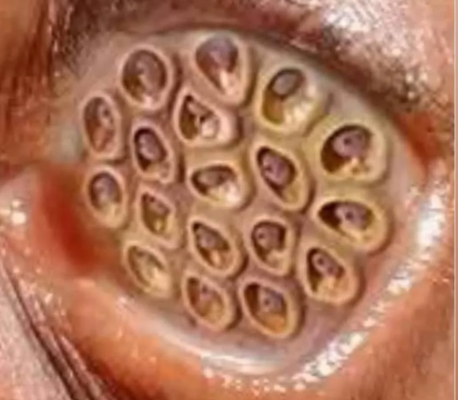Eye Infections: Symptoms, Treatments, and Prevention
Understanding Eye Infections: Causes, Symptoms, and Treatment Strategies
The human eye is a complex organ designed for vision, yet it remains highly vulnerable to infections. From mild irritation to serious conditions that can impair sight, eye infections vary in intensity and origin. Quick identification and proper management are vital in preserving eye health. This article explores common types of eye infections, their causes, symptoms, and treatment approaches, offering a practical guide for maintaining ocular health.
1. How Infections Reach the Eye
To grasp how infections develop, it’s important to understand the anatomy of the eye and its surrounding structures:
-
Conjunctiva: A thin membrane lining the inside of the eyelids and the surface of the white part of the eye.
-
Cornea: The clear, curved layer at the front of the eye that focuses light.
-
Eyelids and Eyelashes: Protect the eye and help maintain tear balance via tiny glands.
-
Orbital Tissues: Muscles, fat, and connective tissue support the eyeball inside the bony socket.
Microorganisms may enter the eye through:
-
Touching the eyes with unwashed hands.
-
Airborne droplets carrying viruses.
-
Improper contact lens use, leading to bacterial or amoeba contamination.
-
Eye injuries, which can allow pathogens to enter.
-
Bloodstream infections, especially in individuals with weakened immunity.
2. Bacterial Conjunctivitis (“Pink Eye”)
A very common eye infection, particularly in young children, bacterial conjunctivitis is often caused by bacteria like Staphylococcus aureus, Streptococcus pneumoniae, or Haemophilus influenzae.
Symptoms:
-
Redness and irritation.
-
Thick, yellow or green discharge that causes eyelid sticking.
-
Mild discomfort but not intense pain.
Treatment:
-
Antibiotic eye ointments or drops such as erythromycin or fluoroquinolones.
-
Warm compresses to ease crusting.
-
Hygiene measures like handwashing and avoiding shared items.
Most cases improve in a few days with appropriate treatment.
3. Viral Conjunctivitis
Caused mainly by adenoviruses, viral conjunctivitis spreads easily and is often linked to cold or flu symptoms.
Symptoms:
-
Watery eye discharge.
-
Swelling of lymph nodes near the ear.
-
Itching and light sensitivity.
Treatment:
-
Supportive care (cool compresses, artificial tears).
-
Isolation until symptoms resolve (usually 7–14 days).
-
Antiviral drops are rarely required unless complications arise.
4. Blepharitis and Demodex Infestation
Blepharitis is a chronic condition where the eyelid margins become inflamed, often due to bacterial buildup or skin conditions like rosacea.
Symptoms:
-
Itching, redness, and eyelid crusting.
-
Gritty or burning sensation.
Management:




